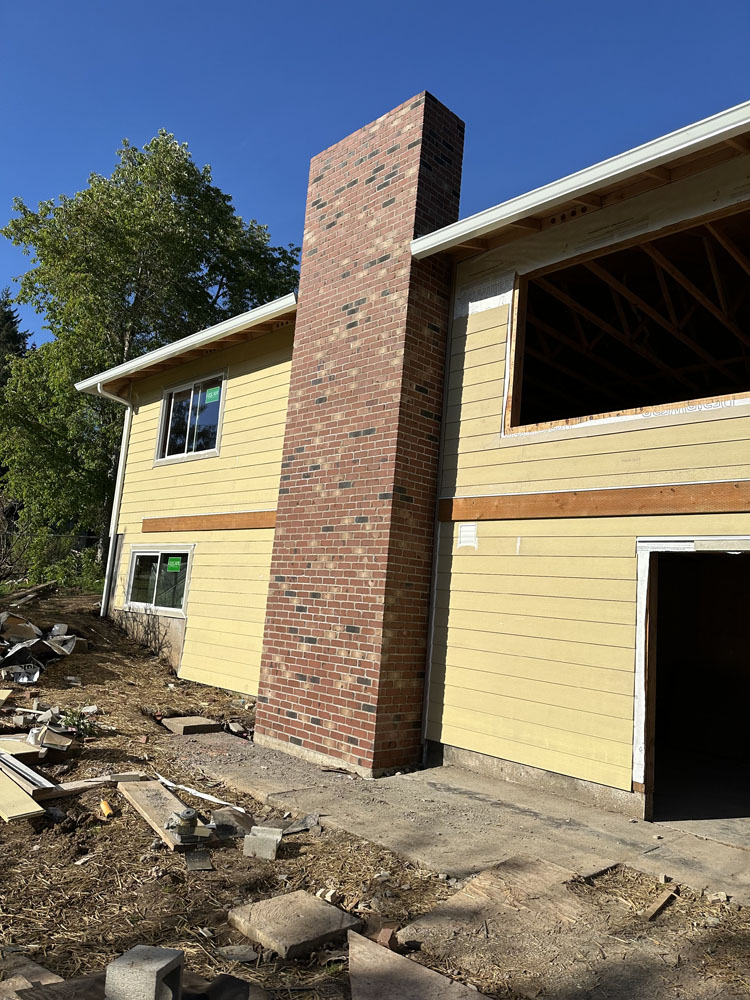Introduction to Brick Masonry
When you think about enduring structures, brick masonry often comes to mind. It’s not just about stacking bricks; it’s an art form that involves skill, precision, and a deep understanding of materials. Whether you're constructing a new home or considering chimney repair, knowing the different types of brick masonry can significantly impact your project.
In this comprehensive guide, we will explore the various types of brick masonry, their Brick Masonry Tualatin applications, benefits, and much more. By the end of this article, you'll have a solid grasp on how these techniques can elevate your construction projects.
Understanding Different Types of Brick Masonry
Brick masonry refers to the technique of using bricks as the primary building material for walls and structures. There are numerous styles and methods within this domain that cater to different architectural needs. Here’s a quality chimney repair solutions closer look at some of the most prevalent forms:
1. Solid Brick Masonry
What is Solid Brick Masonry?
Solid brick masonry is one of the oldest forms used in construction. This technique utilizes solid bricks without any cavity between them, providing excellent strength and durability.
Benefits:
- Strength: The absence of cavities means enhanced structural integrity. Insulation: Offers better thermal insulation than other types due to its mass. Aesthetic Appeal: Provides a classic look that many homeowners desire.
Drawbacks:
- Weight: Heavier than other options, which could necessitate more robust foundations. Cost: Generally more expensive due to labor and material costs.
2. Cavity Wall Masonry
What is Cavity Wall Masonry?
Cavity wall masonry consists of two parallel walls separated by an air gap or cavity. This design allows for improved insulation and moisture control.
Benefits:

- Energy Efficiency: The cavity acts as an insulator, reducing energy bills. Moisture Control: Prevents water from penetrating through to the inner wall.
Drawbacks:
- Complex Installation: Requires careful planning and expertise from a qualified masonry contractor.
3. Reinforced Brick Masonry
What is Reinforced Brick Masonry?
This technique integrates steel reinforcement bars within the brickwork to enhance load-bearing capacity and seismic resistance.
Benefits:
- Increased Durability: Offers improved resilience against natural disasters.
Drawbacks:
- Cost Implications: Higher initial investment due to additional materials and labor requirements.
4. Flemish Bond Brickwork
What is Flemish Bond?
Flemish bond is a pattern where alternating headers (the short sides) and stretchers (the long sides) are laid in each row.
Benefits:
- Aesthetic Value: Creates visually appealing patterns perfect for decorative walls.
5. English Bond Brickwork
What is English Bond?
In English bond, each course consists of alternating rows of stretchers and headers—adding strength while still being aesthetically pleasing.
6. Stack Bond Brickwork
What is Stack Bond?
Stack bond involves stacking bricks directly on top of one another without overlapping joints.
7. Common Bond or American Bond
Common bond features several rows of stretchers followed by a header row every few courses—providing both stability and aesthetics.
The Role of a Masonry Contractor in Your Project
Why Hire a Professional?
Hiring a skilled masonry contractor can make all the difference in your construction project. But why should you consider professional services?
Expertise Matters: Professionals bring years of experience ensuring quality workmanship. Time-Efficient: They can complete tasks faster than inexperienced individuals. Proper Tools & Materials: Access to specialized tools can save you time and money in the long run.Understanding the Importance of Chimney Repair
Chimneys are often overlooked until they become problematic. Regular maintenance is crucial; neglecting chimney repair can lead to severe safety hazards like fire risks or carbon monoxide buildup.
Signs Your Chimney Needs Repair:
Crumbling mortar Water stains inside your home Rusty or damaged flue Smoke backing up into your homeKey Considerations When Choosing Brick for Your Project
When selecting bricks for masonry work, consider factors such as:
Purpose: Is it structural or decorative? Climate: Different climates require different types of materials. Aesthetics: Choose colors and textures that fit your design vision.How To Maintain Your Brick Structure
Maintaining your brick structure is essential for longevity:
Regular Inspections: Check for cracks or signs of wear regularly. Cleaning: Keep bricks free from dirt, mold, and mildew. Repointing Mortar Joints: This helps maintain structural integrity over time.FAQs about Brick Masonry
1. What type of brick is best for outdoor use?
Porous bricks like clay are often recommended for outdoor structures due to their durability against weather elements.
2. How long does brick masonry last?
With proper maintenance, brick buildings can last over 100 years!
3. Can I do my own brick repairs?
While minor repairs may be manageable for DIY enthusiasts, complex issues should always be handled by professionals for safety reasons.
4. What’s involved in chimney repair?
Chimney repair typically includes inspecting flues, replacing damaged caps, repointing mortar joints, sealing cracks, etc.
5. How do I know if my chimney needs repair?
Look out for signs such as crumbling bricks or water leaks inside your home indicating potential issues with your chimney structure.
6. Is brick masonry eco-friendly?
Yes! Bricks are made from natural materials that are often recyclable at the end of their life cycle.
Conclusion
Understanding different types of brick masonry opens up various avenues for construction projects while ensuring durability and aesthetic appeal in buildings ranging from homes to commercial properties alike! Whether you’re contemplating significant changes with professional help or diving into DIY fixes like chimney repair down the line—knowledge equips you with power!
By considering factors such as insulation properties along with visual aspects when selecting your materials—you'll make informed decisions leading toward successful outcomes over time! So gear up; it's time to build something fantastic!